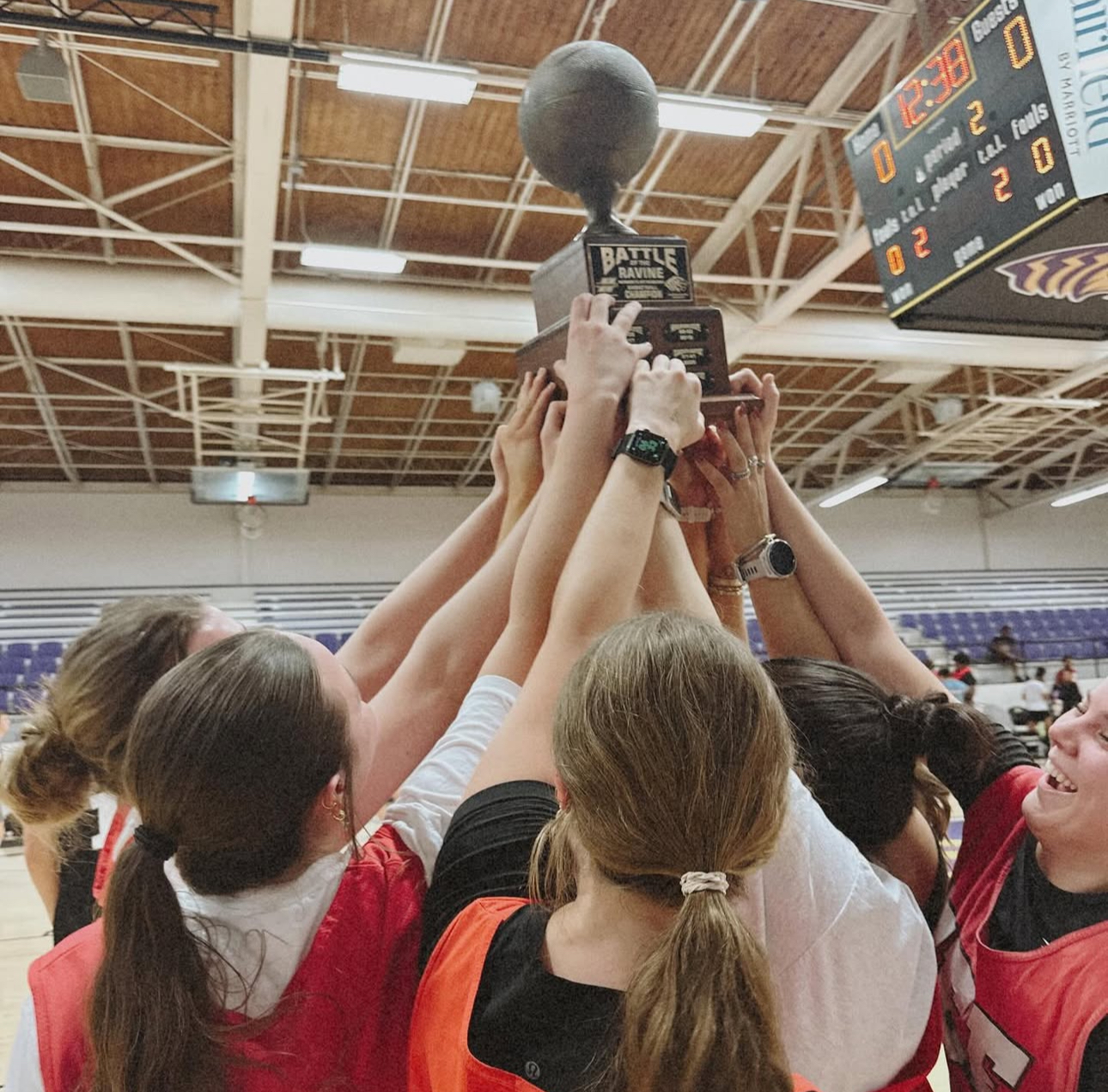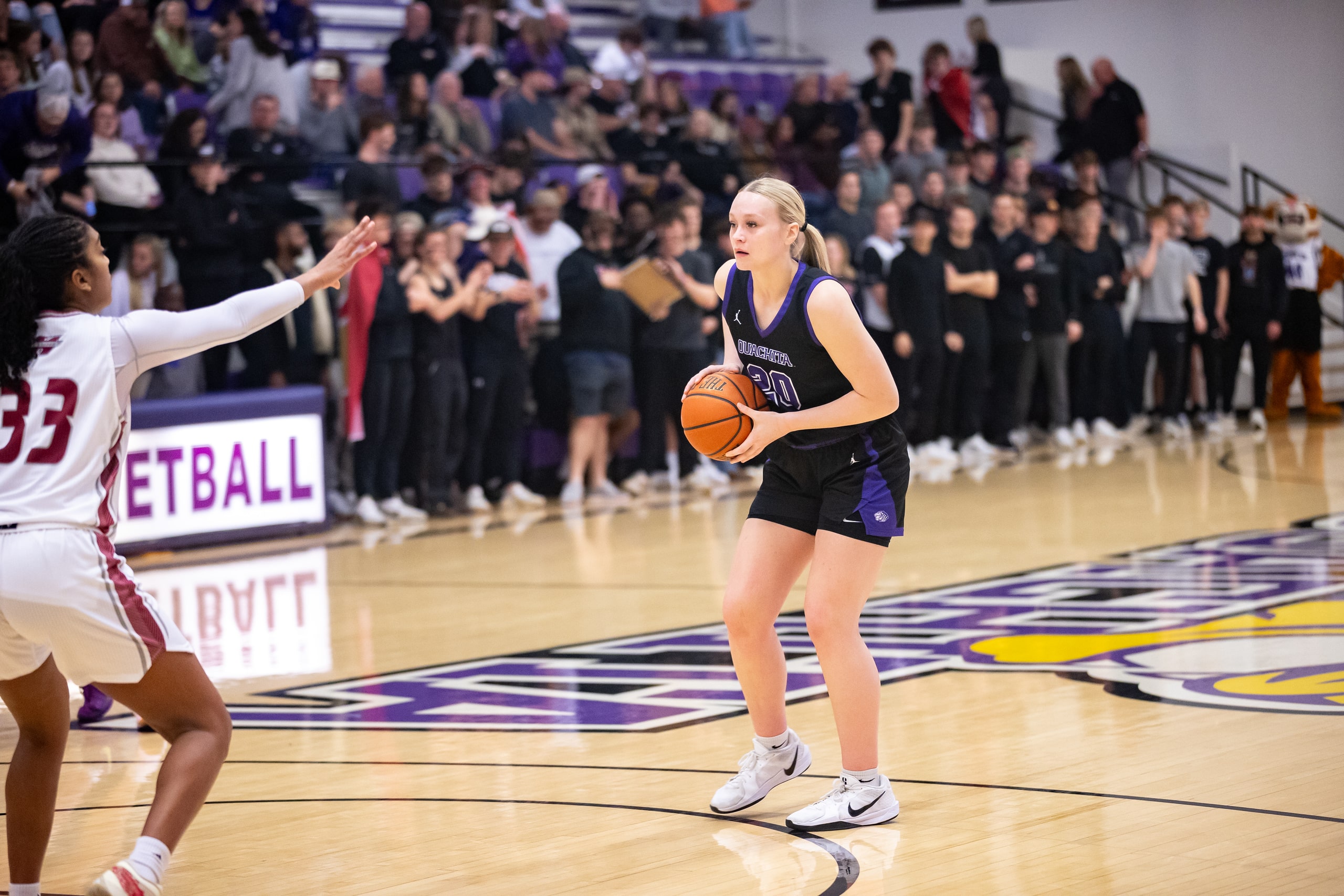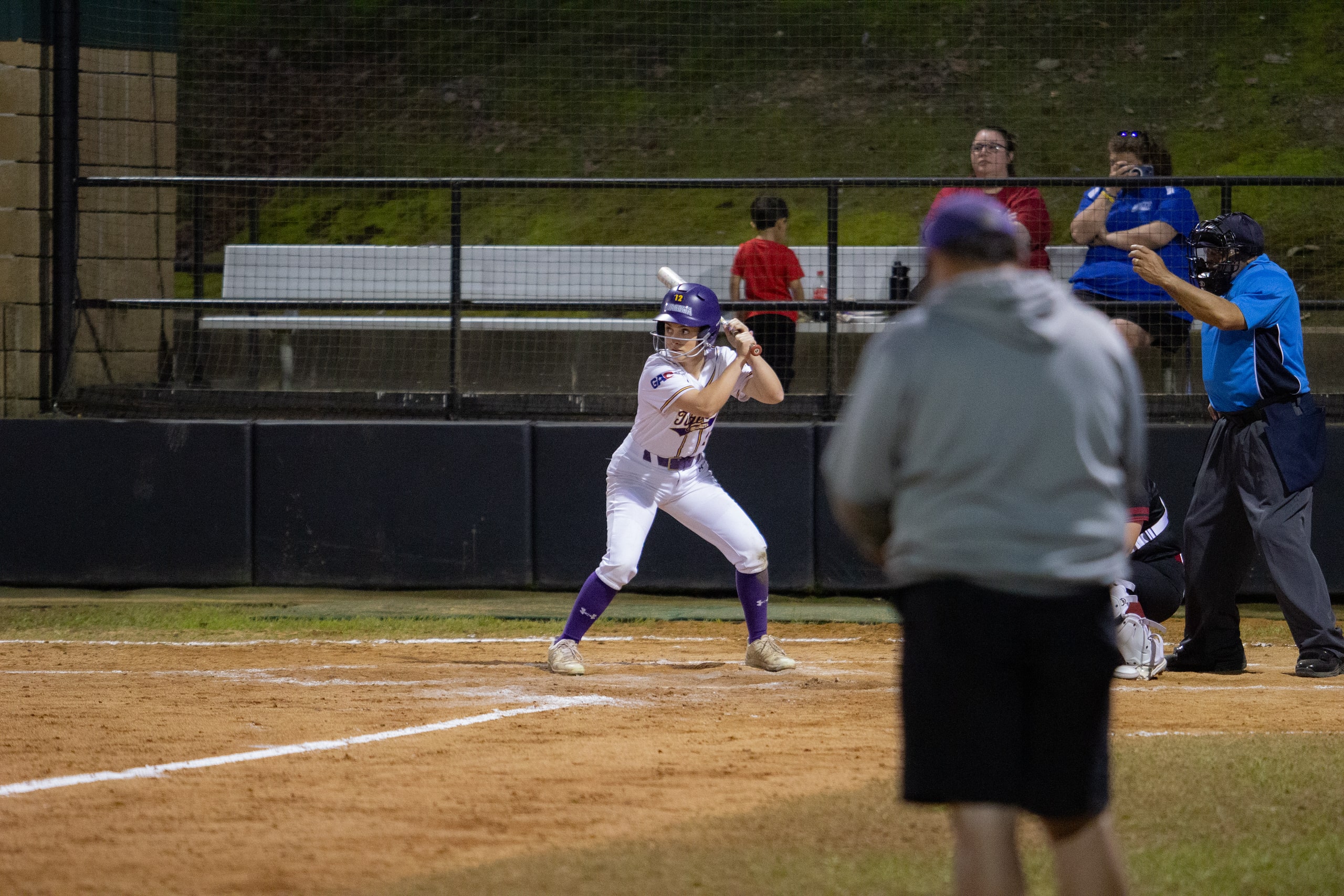What makes March Madness so popular, when many fans do not even watch one regular season college basketball game? The answer is simple. Underdogs. America adored the stories of Virginia Commonwealth and Butler in 2011 and Florida Gulf Coast in 2013. So, why has football not taken notes? College football Cinderella stories would thrive in America and would increase excitement throughout the season. If only there were a current system in the sports world today that college football could adopt. Oh wait, there is.
In the English Premier League (yes, that is soccer), there are 20 teams. At the end of the season, the three worst teams in the Premier League are demoted to a lower league, the Championship League. Also, the top three teams from the Championship League are promoted to the Premier League for the next season. The annual change gives the underdogs a shot at the best teams in England. If college football used the English Premier League as a model, the Fresno State’s, Northern Illinois’ and Central Michigan’s could eventually develop into national powerhouses and have a shot at dismantling the Alabama’s and the Oregon’s.
So, what would this “College Football Premier League” look like anyway? As president of the NCAA (hypothetically speaking of course), I would divide college football into four regions- North, South, East and West. Each of the 126 Division I football programs would be placed in a region, obviously depending on location. Because of only four regions, current conferences would have to combine, such as the Big East and ACC, and the Big 12 and SEC. Once divided, each region would then be split into a “premier” conference and lower conference. Teams would initially be placed in either the premier conference or “subconference” depending on their football revenue. For example, Alabama would headline the South Premier Conference, and Akron would round out the North Subconference. During the season, teams play 12 games, including eight conference games. To prevent the media and fans from using, “Oh, they just don’t play anybody good,” as an excuse, premier conference teams will have a conference schedule consisting only of other premier conference teams in that region. Likewise, subconference teams will play other subconference teams from the region.
At the conclusion of the season, the bowl games will follow the current system that is in use. The top four teams in the nation will participate in the College Football Playoff (will be used in real life in 2014 season), and all other bowl games will be determined as they have been in previous years. The three teams that finish at the bottom of the premier conference will participate in the subconference the next season, and the top three teams in the subconference will be promoted the premier conference.
The NCAA Football Premier Leagues could be put to the test using the 2013 season. If the premier conferences were in effect last season, Florida State won the East Premier Conference, Michigan State won the North Premier Conference, Auburn won the South Premier Conference and Oregon won the East Premier Conference. Although these teams won their conferences, the College Football Playoff would still be determined by the overall rankings. This means that the playoff teams would be Florida State, Auburn, Michigan State and Alabama. A team such as California, who finished 2013 with a record of 1-11 and 0-9 in conference, would be sent down from the East Premier Conference to the subconference. In contrast, Fresno State (11-2, 7-1 in 2013) would replace California, moving from the East Subconference to the premier conference. Fresno State was not faced with an extremely difficult scheduled in 2013, but if sent to the East Premier Conference the next year, the Bulldogs’ strength would actually be put to the test, as they would likely face Southern California, Oregon and Stanford.
Not only does this conference system give teams that excel with an easy schedule a real test at a premier conference, it also allows smaller programs to finally have a chance at success. Under the current system, big revenue teams increase in value while small teams remain inferior. Arkansas State, for example, has one of the lowest revenues in Division I football but finished the 2013 season with an 8-5 overall record and a 5-2 record in conference. The Red Wolves went 10-3 each of the previous two years, as well. Although their schedule was questionable, do they still deserve an almost eight-times smaller revenue than the Arkansas Razorbacks, who were 3-9 last season and 0-8 in conference play? Other recent successful programs with revenues among the smallest 30 schools in Division I are Northern Illinois (12-2, 8-0), Marshall (10-4, 7-1) and Ball State (10-3, 7-1).
Though I am not sure the NCAA will ever adopt this plan, it certainly is a way to create more Cinderella stories that fans love so much during college basketball. The Premier Conference System awards teams for winning, no matter the size of the school. When programs develop winning seasons, teams move up and remain in the spotlight, receiving revenue they deserve. Big programs that have a poor season move down and do not get the revenue and publicity they are used to. Revenue and publicity becomes based on success, and underdogs finally get a chance. Everybody wins.
By: Brandon Smith






